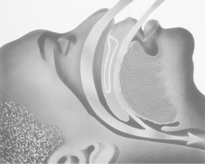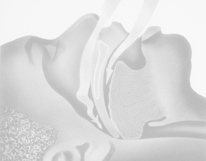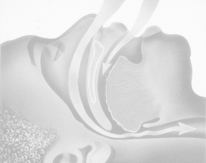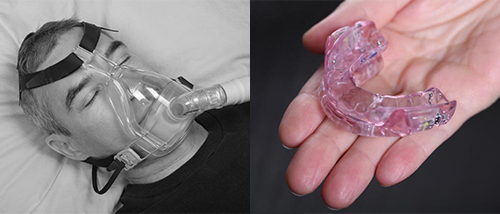Information about Obstructive Sleep Apnea and Snoring that is important to your health or the health of someone you care about . . .
• About Obstructive Sleep Apnea •
Obstructive Sleep Apnea (OSA) occurs when the tongue and soft palate relax into the airway during sleep and prevent your breath from flowing freely. When the airway is sufficiently blocked, our body’s built in survival instinct is triggered and we awaken sufficiently to restart breathing. As we fall back into sleep, we again relax, OSA re-occurs, we reawaken and the cycle continues throughout the night.
The waking episodes can happen a few times a night (mild apnea) to many times an hour and can last for seconds or several minutes while the body struggles to breathe. The resulting disruption to sleep can produce any number of effects on the body from a simple headache and sleepiness to more severe health issues, such as a link to heart disease and depression.
• The Need For Sleep •
Obstructive Sleep Apnea (OSA) occurs when the tongue and soft palate relax into the airway during sleep and prevent your breath from flowing freely. When the airway is sufficiently blocked, our body’s built in survival instinct is triggered and we awaken sufficiently to restart breathing. As we fall back into sleep, we again relax, OSA re-occurs, we reawaken and the cycle continues throughout the night.
The waking episodes can happen a few times a night (mild apnea) to many times an hour and can last for seconds or several minutes while the body struggles to breathe. The resulting disruption to sleep can produce any number of effects on the body from a simple headache and sleepiness to more severe health issues, such as a link to heart disease and depression.
• Snoring •
67% of adults snore, and while snoring may not seem to be the same health problem as OSA, it can be an indicator of sleep apnea. In addition, the noise of snoring can actually cause the sleeper and (more often) others to wake during the night. The resulting lack of sleep produces the same results no matter the cause.

In normal breathing the airway is clear and breath flows easily through the throat.

When obstructive sleep apnea is present, the tongue and soft palate relax into the airway and interrupt breathing.

In snoring, the tongue and soft palate relax sufficiently into the airway that it is substantially narrowed. As a result, air is forced through a smaller space and causes vibration of the surrounding tissue. The resulting noise can disrupt the sleep of both the sufferer and their sleep partners.
Here are some numbers that might keep you awake at night:
Snoring has been measured at anywhere between 4 and 87 decibels- it can be louder than a jackhammer that comes in at 85 decibels,
- almost as loud as a lawnmower at 95 decibels and
- around 2/3’s of the way to the threshold where actual ear pain occurs
- in a range between 130 and 140.
Other sleep statistics that signal the importance of sleep:
The National Sleep Foundation cites sleep deprivation and its effect on work performance as the basis for $18 billion per year in lost productivity. (Another study suggests this cost is closer to $100 billion.)
The National Highway Traffic Safety Administration estimates that fatigue is a factor in at least 100,000 auto crashes and 1,500 deaths each year.
In 2005 it was reported that 4% of drivers who have had an accident or near accident admitted they were too tired, or actually dozed off while driving. Other surveys suggest that number may be as high as 37%.
Office Hours
Monday....................10:00am • 7:00pm
Tuesday....................9:00am • 6:00pm
Wednesday..............7:00am • 4:00pm
Thursday...................7:00am • 4:00pm
Friday........................Closed





